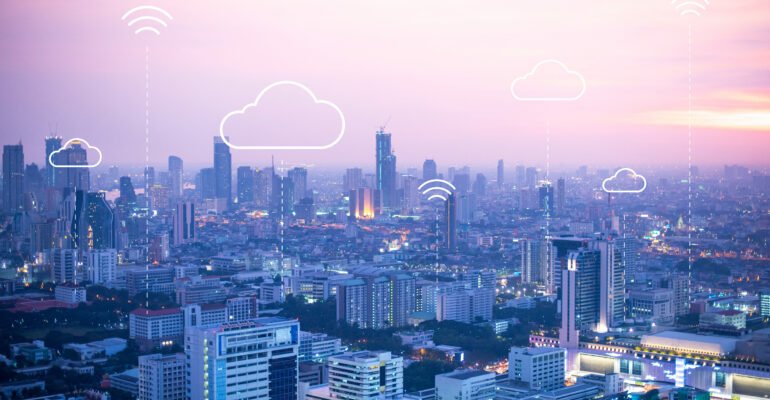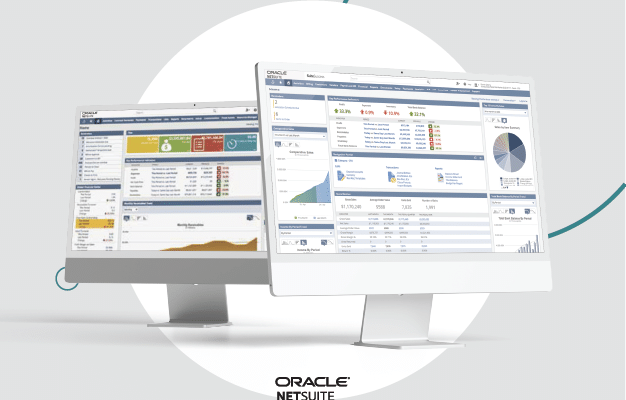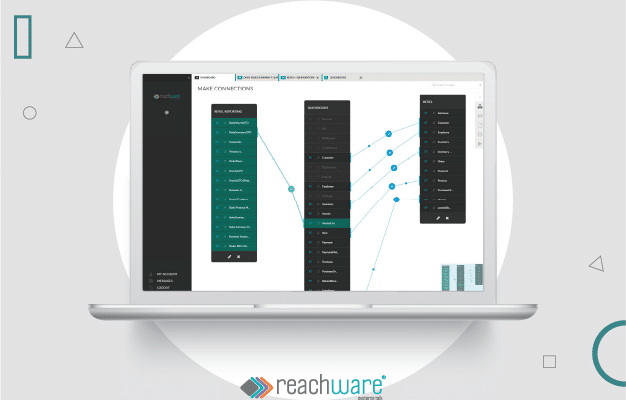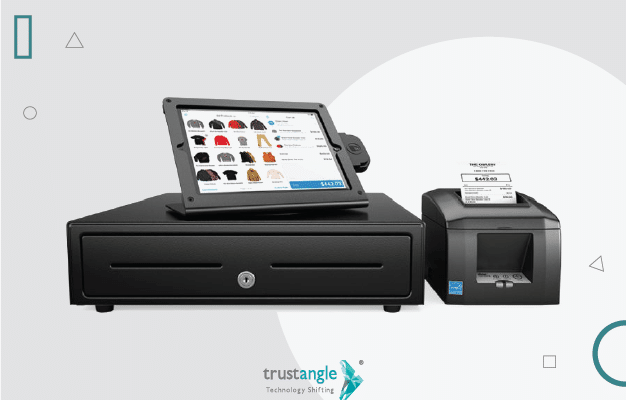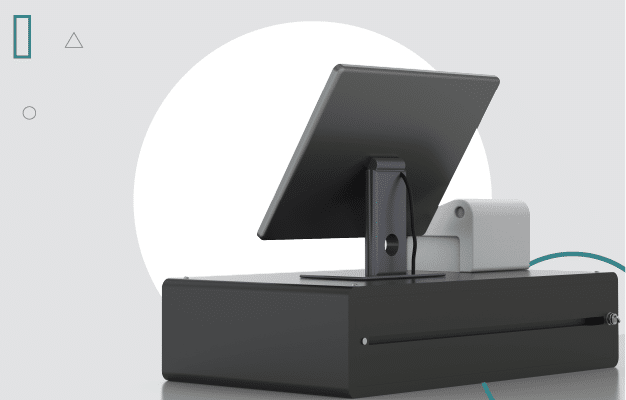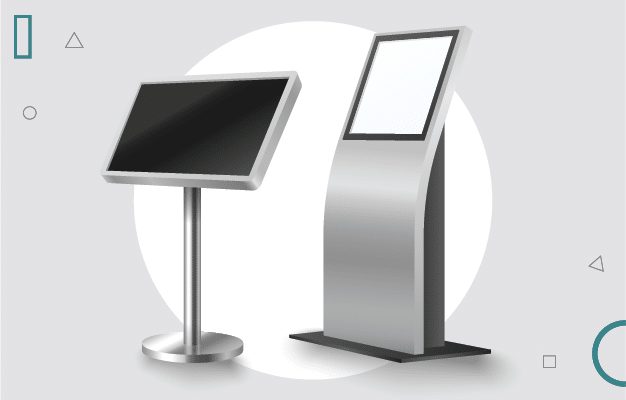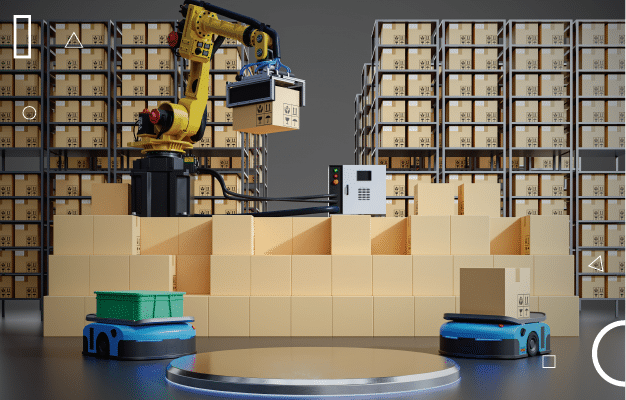Introduction
The Retail industry is facing a transformation. The way we shop, what we buy and, how that change all depends on the retail landscape. This article will discuss some key areas of change in the retail business and how it impacts consumers.
Retail Business Transformation
Retail is transforming. The consumer landscape is changing and so is the way we shop and buy products. This change also includes how you sell your products to consumers.
Analytics and Big Data
Analytics and Big Data are important to a retailer because it helps retailers understand their customers better. They can also be used to understand inventory, promotions, and points of sale.
Consumer Trends
Retail is changing. Consumers want to do more than just shop; they want to experience your brand. They want a seamless and personalized shopping experience that provides them with choice and convenience wherever and whenever they need it.
In this section of the guide, we will explore how to transform your retail business by taking advantage of today’s consumer trends:
- Customers have more choices than ever before, so you need to make sure you stand out from the crowd by providing them with an immersive experience that caters to all their needs.
- Customers don’t want to be restricted by brick-and-mortar locations anymore—they can buy anything from anywhere at any time using technology like mobile apps or e-commerce sites like Amazon Prime Now (which offers free two-hour delivery).
The retail industry is transforming
As you may have noticed, the retail landscape is changing. More and more retailers are moving from physical stores to online stores. They’ve also started using artificial intelligence (AI) technology in their warehouses and on store shelves.
Here’s what this means for you: If your business offers products or services that can be purchased in a physical store, it’s more important than ever to be highly visible online.
Conclusion
Retail businesses must adapt to the changing market and consumer needs. Big Data analytics, customer experience, omnichannel retailing, Omni-commerce, and other trends are changing the landscape for retail stores. Businesses that do not keep up with these changes run the risk of losing customers in today’s highly competitive environment.


